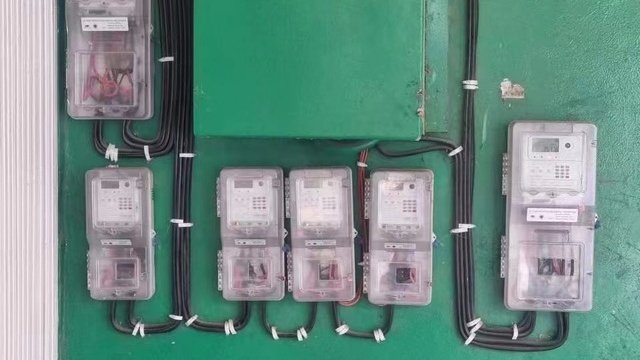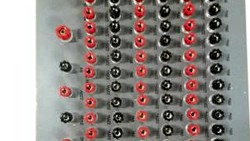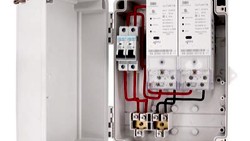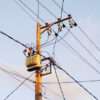Smart meters are useful because they can automatically bill your customers homes for electricity use based on hourly or daily rates, reducing potential errors from manual billing methods like time-of-use pricing plans. They also allow utilities to monitor demand response programs so that when you reduce your power consumption during peak hours. This helps reduce overall demand across different regions throughout the day, and consequently lowers prices for everyone.
Smart Grid technology has revolutionized the way people use electricity. But as with any new technology, there are challenges to overcome in order to make it widely accepted. One of these challenges is interoperability, being able to connect your energy meter (also known as a smart meter) with other systems and related software that you may have.
Smart meter history
Smart meters are a type of electricity meter used to measure and communicate electrical usage, but they're also known as a sensor for an advanced metering infrastructure (AMI). AMI is an important component of the smart grid, which aims to make our energy system more efficient in terms of emissions and costs.
Everything started with a meter function, called automatic meter reading (AMR). Around year 1990 the first electronic meters came up, and at the same time the idea came up to use the data in the meter by remote connection. The priority was, reading the consumption by end of the month.
I saw the first prototypes of smart meters in 1989. The company Zellweger (Switzerland) had a that time developed a metering device for communicating the electricity consumption with additional modules for billing gas, water and heat. Since the technology was new for the utilities, there was no market acceptance, though the concept was well elaborated.
With the evolution of smart meters, new terms came up like advanced metering management (AMM) and for now, AMI. With the systems, the meters are also getting smarter. The number of smart meter manufacturers increased a lot, so proprietary vendor protocols are not accepted by utilities anymore.

Interoperability for Energy Meters
The electronic energy meter with all its functions, productivity and communication possibilities, is an essential component of a Smart Grid. For the communication with AMI systems, especially with prepayment and billing-systems, interoperability plays a key role.
Interoperability is the ability of two or more systems or components to exchange information. For our metering segment, we need to exchange information with the AMI system and with other components. This is done by standardized communication protocols.
The DLMS/COSEM protocol
DLMS is the abbreviation for Device Language Message Specification and COSEM is a Companion Specification for Energy Metering. Beside energy metering, DLMS also supports data from other sensors.
The DLMS/COSEM protocol is a modern, secure and object-oriented interface for energy-meters that allows for interoperability between different manufacturers'products. It can be used in any environment where there are multiple manufacturers offering different solutions for their customers or in case of future market changes which will require new interfaces or protocols to be implemented by system integrators (like us) at large scale installations.
The IDIS protocol
IDIS stands for Interoperable Device Interface Specification.
The IDIS protocol is an innovative approach to meet the requirements of interoperability, while still providing complete support of all DLMS/COSEM functionality. It can be implemented on existing infrastructure, while existing systems can be modified to support it as well. IDIS significantly simplifies the integration of meters and systems – particularly in case of different manufacturers. This not only further reduces operational costs but also enables new business aspects like outsourcing of billing or prepayment or smaller market participants without large IT services to become active in metering business.
Conclusion
We believe that in the future, energy management and smart metering will become an integral part of our lives. The DLMS/COSEM protocol is already a proven technology, which has been used successfully in several applications for many years now. With its high level of security and flexibility, it meets all requirements for interoperability with all types of head-end and AMI systems, including those based on cloud-infrastructure. IDIS further simplifies integration by reducing the amount of data exchange needed between meters and systems – especially in case of different manufacturers. We are excited about the future possibilities offered by this new approach, since the IDIS Association merged with the DLMS User Association a few months ago.
Thank you for reading and stay safe!
Editor's note: This article was originally published in August 2022 and has been updated for comprehensiveness.





All comments are moderated before being published. Inappropriate or off-topic comments may not be approved.